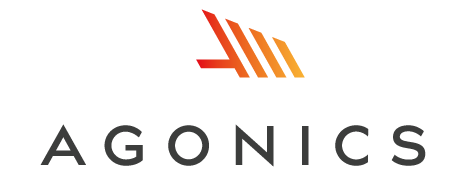Comprehensive tracks database supports deployment of Trip Optimiser software on Pacific National fleet
CLIENT
WABTEC
LOCATION
New South Wales, Australia
Challenge
Wabtec is a global rail technology business with a digital solutions suite that includes Trip Optimisation (TO) software designed to reduce locomotive fuel consumption. The TO software is routinedeployed on Wabtec client locomotives.
In Australia the Pacific National (PN) rail freight locomotives are being fitted with the Wabtec TO solution.
Servicing customers across Australia, the PN fleet travels over thousands of kilometres of track that are operated and maintained by several authorities including ARTC and UGL Regional Linx (Country Rail Network, NSW).
To prepare the onboard TO solution, Wabtec engineers required a track database across the PN fleet that was in a consistent format regardless of which entity was responsible for maintaining the track.
As part of a mature digital engineering product suite, the TO application is defined by a well thought out data specification that includes a library of required track assets as well as definition of the digital track centreline.
Having already recorded MLS (Mobile Laser Scanning) data across much of the required project extents and having the capability to supplement missing sections of the project extents with new MLS data, Wabtec project managers turned to Agonics for the delivery of a comprehensive track database in the TO format and which could be seamlessly deployed on the PN fleet.
Solution
At project begin, a project management plan was prepared by Agonics that described how existing MLS data would be interrogated for railway asset mapping to the TO data specification, and how new data would be recorded over sections of track in NSW that had not previously been surveyed.
Initially, the existing MLS data was loaded into the Agonics XERRA LiDAR viewer and feature mapping forms were constructed so that critical features such as turnouts, level crossings, speed limit markers and signals needed by the TO system could be extracted.
A 3D track centreline database was constructed using the GNSS (Global Navigation Satellite System) and inertial data recorded during the original MLS campaigns. GIS (Geographic Information System) software was used to ensure that turnouts and passing loops were represented with the correct topology.
A significant section of the PN fleet operation (approximately 400 track km) was required to be captured through a new dedicated MLS survey and in mid-2022 Agonics mobilised a project hy-rail with LiDAR, Imagery and GNSS-Inertial technology to record new data over a 3-day campaign at normal hy-rail speeds..
This new dataset was then processed to generate features and a track centreline that was ultimately combined into an all-encompassing TO database that was then delivered to Wabtec.
Outcome
- Zero OHS near-miss, reportable or incidents
- Accurate rail features and digital track centreline supplied in a consistent format for Wabtec Trip Optimisation Software
- Existing validated datasets were leveraged to avoid unnecessary field capture
- On-track MLS recording scheduled to minimise disruption to normal track operations.

